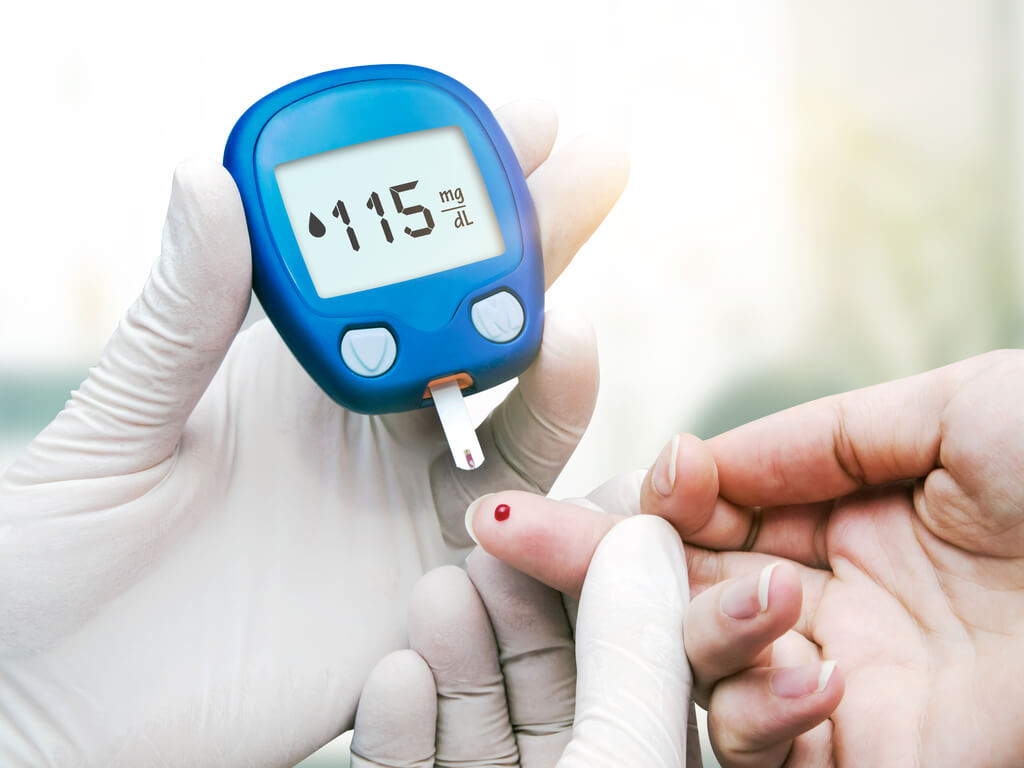May 10, 2022
According to the Centers for Disease Control and Prevention (CDC), a total of 34.2 million people suffer from diabetes in the United States. Diabetes is a chronic condition that affects the body’s ability to regulate blood sugar and consists of three main types:
- Type 1: People who suffer from this type often cannot make the insulin their body needs. Their insulin-producing cells in their pancreas either do not work at all or make very little insulin.
- Type 2: People who suffer from this type often have cells that become resistant to the insulin their body produces. This causes sugar to build up in the bloodstream, no matter how much insulin the body produces.
- Gestational diabetes: This type is temporary and is caused by hormones during pregnancy. It often goes away once the pregnancy is over. However, if a woman has gestational diabetes during pregnancy, she is more likely to develop type 2 diabetes later in life.
There is also a fourth condition that millions of people suffer from known as prediabetes. This is when a person’s blood sugar is higher than normal but not high enough to be considered type 2. Prediabetes often leads to a type 2 diabetes diagnosis but can be reversed with the right lifestyle changes, medication, and weight loss.
Diabetic Chronic Wounds
When suffering from diabetes, the body’s glucose or sugar levels are much higher than that of someone without diabetes. These elevated glucose levels cause poor circulation, which does not allow the oxygen and nutrients to flow through the bloodstream as well as they should. By not allowing these essential items to reach damaged cells, the healing process can stall and create chronic wounds.
Chronic wounds are wounds that still have not healed six weeks after an incident. But diabetic chronic wounds can last much longer — even months or years. These wounds can worsen as diabetes and high blood sugar can also cause neuropathy, or nerve damage. When the nerves are damaged, parts of the body can lose feeling — this means that someone with diabetes can develop a wound and not even know. Often these undiscovered wounds are located on the body’s extremities, specifically the feet.
Those with diabetes have a compromised immune system, meaning that these wounds can easily become infected, as the body cannot fight off the bacteria and build up on its own. This can lead to serious complications such as ulcers or gangrene that need to be treated in equally severe ways, including amputation.
Accelerated Wound Healing
Dealing with diabetic wounds may seem difficult, but it is not impossible. The first step is to keep the wounds clean. Make sure you keep a healthy diet and sleep schedule. Geisinger recommends wearing white socks to monitor the wound; the light color allows you to see if there is any new blood or discharge.
Another way to help accelerate healing is to use the Gladiator Device. The far infrared therapy within the device breaks down water clusters in the bloodstream, allowing essential blood flow to reach the wound site.
NOTE: Content included here is not medical advice, and only is intended as information for adults. Always consult with your health care professional before making changes to diet, exercise, medication, or before use of any product or device.

